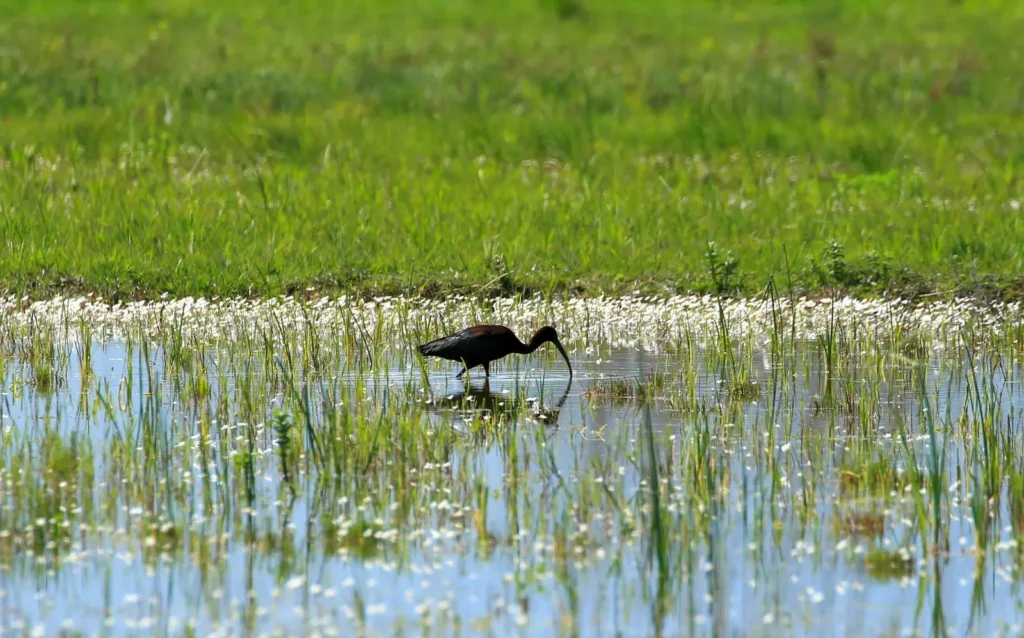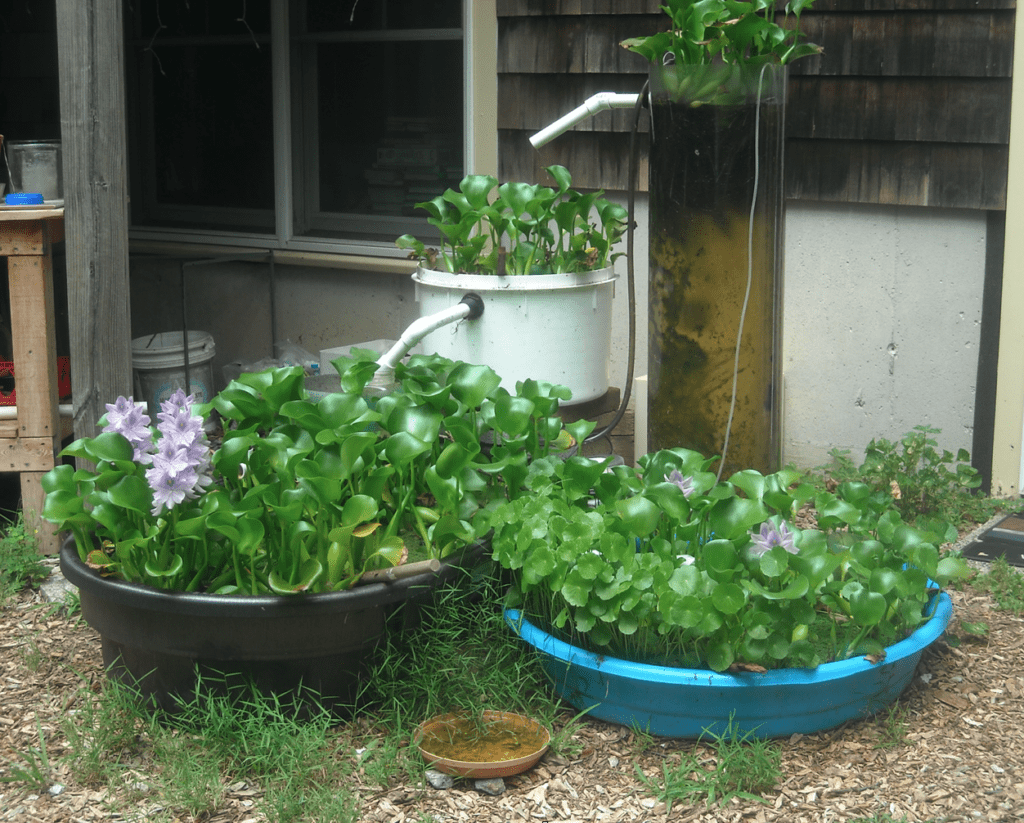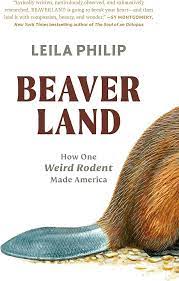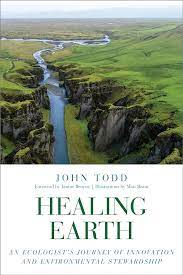Biodiversity 10 Deep Dive:
Beavers, Wetlands & Shorelines
Spring 2024, Wednesdays, February 21 – May 8

Are you ready to transform your understanding of how life on the planet works and how we can play a role? Join us as we follow the transformation of two leading writers and thinkers to a deeper understanding of natural systems, our role, and the ability of nature to cool the planet.
While each course builds on our understanding, you do not need to have taken any of the previous Biodiversity Courses.
Format
This is a 12 week course that meets every Wednesday, starting February 21 and running through May 8, 2024. Sessions will be held from 12 – 2pm ET and 7 – 9pm ET on Zoom to accommodate students’ schedules.
Join a live class each week to discuss readings, enjoy expert presentations, and be challenged to do your own experiments. Past classes have even included discussions with the authors! You can also connect to the Biodiversity Deepdive community through an exclusive Google Groups forum.
Course Description
2023 was the hottest year ever experienced by humans and lands in many areas are drying out. Wildfires are increasing. How can we rehydrate the drylands? What processes can cool the continents?
The oceans have a fever and have broken heat records five years in a row. The ice in Greenland and Antarctica are melting at accelerating rates. How much sea level rise can we expect?
Coastlines are facing mammoth storms. How should we rebuild after floods and devastating winds? When should we raise seawalls and when could we focus on living shorelines? Seagrasses? Kelps? Shellfish? Spartina Marsh? Mangroves? Corals? Fish? Seabirds?
Our warming oceans are generating increasing amounts of water vapor. How can nature’s biodiversity bring more rainfall to the land? How do we avoid flash flooding and maximize the infiltration of this valuable freshwater into the soil?
We have lost over half our wetlands. Could restoring wetlands protect surrounding forests, grasslands, and even croplands? How do we bring beavers back, especially in less populated, desertifying areas? Can the “Deserts on the March” be reversed and bare ground be covered with cooling photosynthetic plants?
In densely populated areas where beavers may not be appropriate, how can we create mini-wetland “eco-machines” to help protect our urban vegetation, encourage birds and pollinators and cool the city?
We will answer these questions, and explore the solutions being deployed on the ground in communities around the world to build resilience, biodiversity, and pathways to survival and thriving on a living Earth.
Your Instructor
Jim Laurie discovered the magical power of nature in his work as a biologist in the chemical industry to clean toxic wastewater with “Living Machines.” His career turned to restoration biology and teaching. You will enjoy his interactive and thought provoking style which makes science accessible, while still being comprehensive.

Books used in the course:
1. Beaverland: How One Weird Rodent Made America – by Leila Philip (2022)
2. Healing Earth: An Ecologist’s Journey of Innovation – by John Todd (2019)


Beaverland is the story of the Beaver in North America, but with an Eastern focus (primarily Connecticut, New York, and New England). Leila Philip is a great observer and this book is full of biology, history, anthropology. It is a love story for a precious species that is vital in our quest for a healthier climate.
John Todd’s Healing Earth is a good “how to book” for building eco-machines (or Living Machines). Jim aims to build a small system in the backyard and teach some of the principles involved. Maybe you can do a small project, too. This book will help us learn about many diverse species and self-organizing systems. (This is how Jim learned and became confident about the power of living things like duckweed, azolla, water hyacinths, and snails.)
Whether this is your first or tenth course, please join us if you are curious about nature and its power to restore ecosystems to abundance. The veterans of previous classes will help you catch up in your learning. We are developing into a “Symbiosis Team” to ameliorate or reverse the impacts of Global Warming. Everyone has much to learn and share and there is much to be done. We need and appreciate your enthusiasm on the team, and encourage people to join at the level that they are able to. Sliding scale pricing is available, as are scholarship options. To join us, register below!

